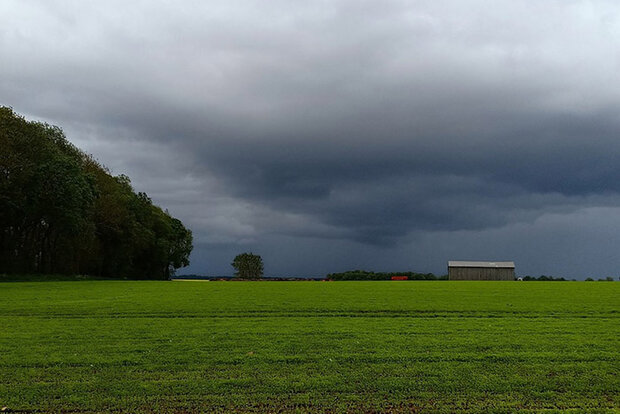Enhancing climate models through high-frequency data for land-atmosphere interactions

Land-atmosphere interactions affect climate phenomena ranging from heatwaves to rainfall. Credit: Pixabay

Land-atmosphere interactions affect climate phenomena ranging from heatwaves to rainfall. Credit: Pixabay
A new research study focuses on understanding how interactions between the land and the atmosphere impact various climate phenomena like droughts, heatwaves, and rainfall patterns. With support from the Climate Program Office’s Modeling, Analysis, Predictions, and Projections (MAPP) Program in collaboration with the Department of Energy (DOE), this project contributes to the broader US-CLIVAR Climate Process Team concept to improve parameterizations of land processes in models. MAPP-funded scientists Kirsten Findell of NOAA GFDL, Paul Dirmeyer of George Mason University, and Nathaniel Chaney of Duke University worked on this with a team of US and international researchers. The results, published in Geoscientific Model Development, show that increasing the time resolution of model output and collecting high-frequency data from climate models is essential for capturing land-atmosphere interactions, which are critical for predicting climate phenomena and improving resilience.